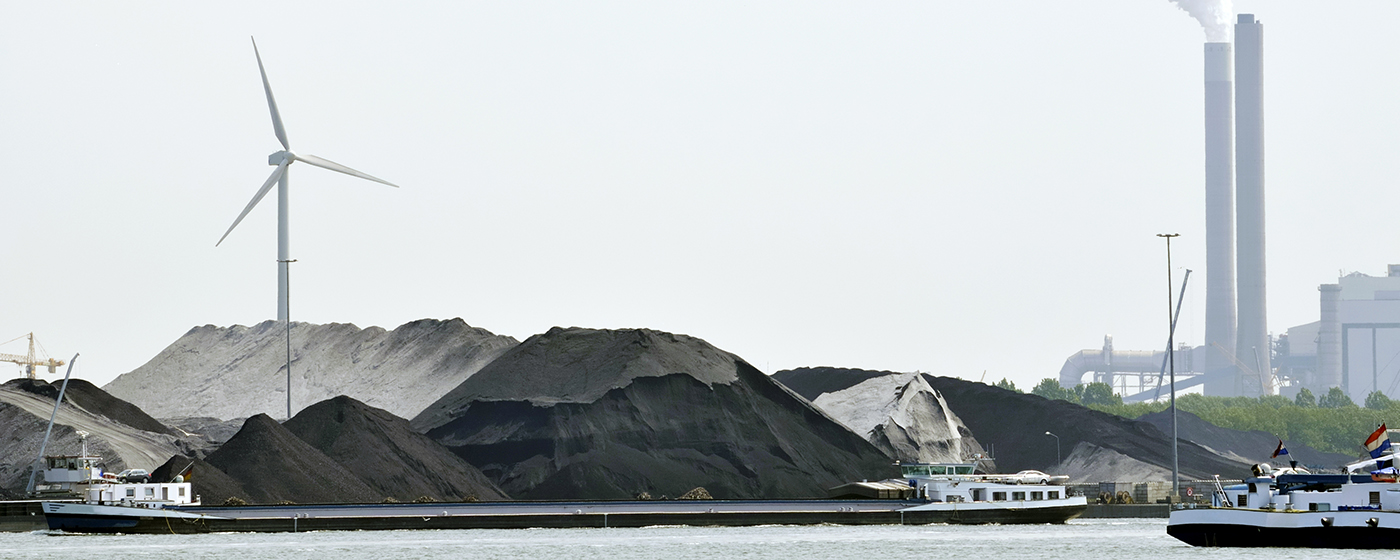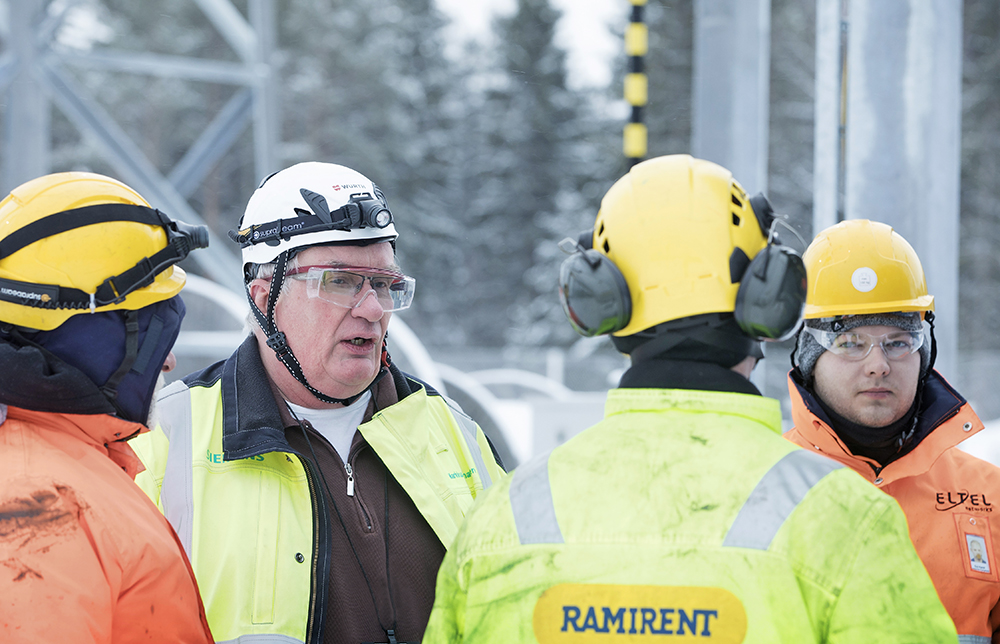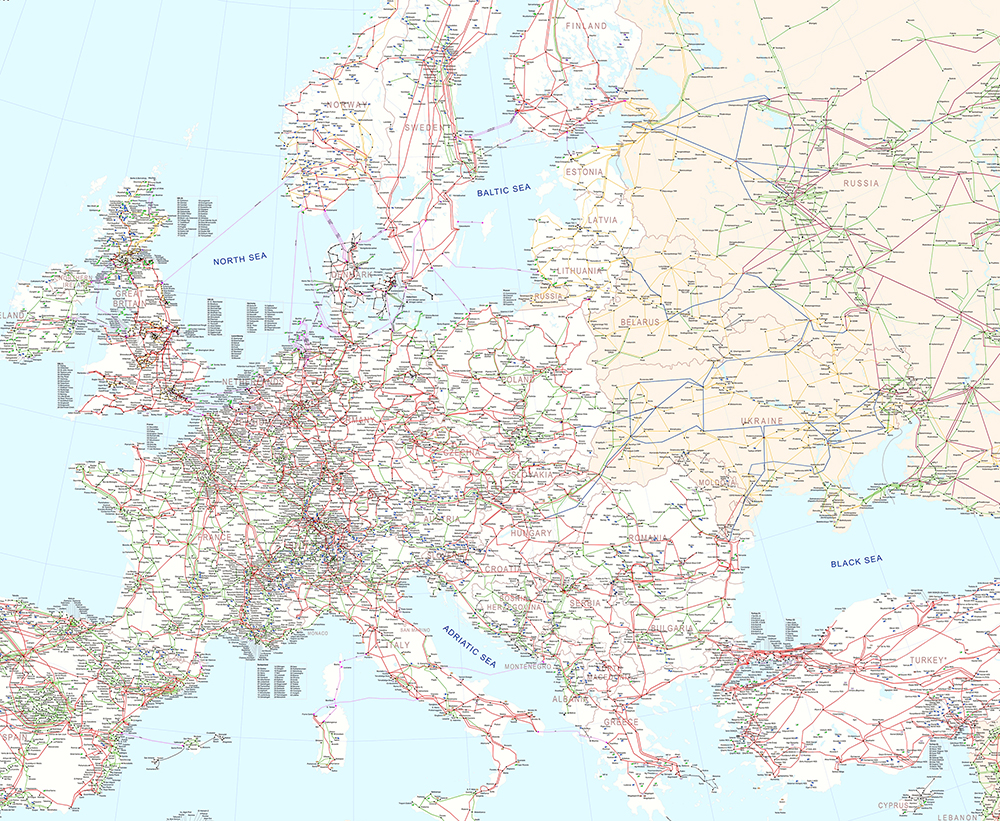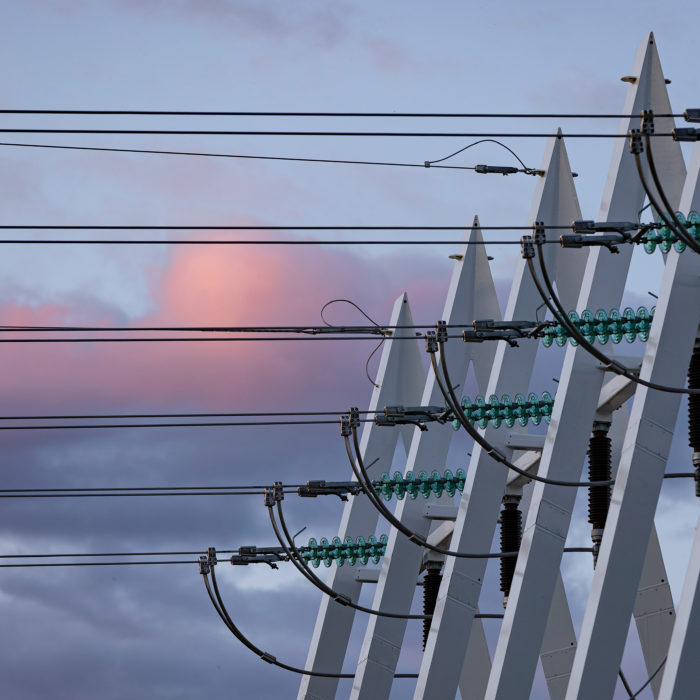Reima Päivinen, Fingrid’s Senior Vice President of Power System Operations, notes that the battle against climate change has brought emission-free forms of energy strongly to the fore, while electricity generation using fossil fuels such as coal has rapidly fallen out of favour.
“Coal played an important role in electricity generation 10–20 years ago, especially in the winter. Times have changed, and as of 2029, it will be forbidden to use coal to generate electricity. Naturally, this is already having an impact.”
Last year, the Government decided to introduce a full-scale ban on using coal as a fuel for electricity or heat generation as of 1 May 2029.
The coal ban is related to the implementation of the national energy and climate strategy, which stretches to 2030. Finland is gradually stopping the use of fossil fuels for energy generation and transitioning to an emission-free energy system; the first fossil fuel to go is the coal used for energy generation. At the same time, Finland is among the first countries in the world to give up on coal entirely.
Renewables, please!
The replacement is coming – and it has already arrived in many places – in the form of renewable forms of energy such as wind power, biomass and solar power. The aim of the national energy and climate strategy is to increase the use of renewable energy so that it accounts for more than 50 per cent of ultimate energy consumption by the end of the 2020s.
“In this decade, a lot more wind power capacity will be created in Finland,” says Päivinen. He adds that while wind power projects may have been reliant on subsidies in the past, wind power can now be built on market terms.
“This will be a big change, and it will be most apparent on the west coast of Finland.” When wind farms go up in the Vaasa, Oulu and Kemi regions, a new challenge will arise, as the largest centre of consumption is in the south of Finland, far away from where electricity is generated.
“For this reason, we need to ensure that there is enough transmission capacity in the right places at the right times.”
Industry is electrifying rapidly
A further problem on top of the issue of geography will be the energy transformation taking place in industry. For example, large factories aim to switch from fossil-based energy to electricity generated from green sources.
“If industry demands more emission-free electricity, it will increase the pressure on generators.”
The sun does not always shine, the wind does not always blow – we know this, but we can turn to our neighbours. The Nordic power exchange mechanism sends electricity to Finland if our resources run out. A unique characteristic of the Nordic countries is the strong position held by hydroelectric power:
“For example, the wholesale price of electricity was low last summer because the reservoirs in Sweden and Norway were full.”
The northern way
According to Päivinen, the Nordic countries have a long tradition of sharing the responsibility for balancing out generation and consumption. “The principle is that consumption and generation are in balance every second of every hour. This relies on effective market rules and marketplaces.”
It is also no secret that the Nordic model is admired all over Europe – and the EU’s electricity vision is drawn up accordingly.
But let’s go back to wind power. Päivinen states that wind power has undergone a breathtaking transformation to become a credible form of electricity generation:
“People were unsure at first, but the development of the technology and the decrease in the cost level have surprised many people.”
The rapid development has made onshore and offshore wind power projects financially viable. “The amount of offshore wind power is increasing, and cost-effective solutions are being found all the time,” says Päivinen. From the perspective of the transmission system operator, all that is needed is a connecting cable from the site to the shore, and the electricity can flow.
Powered by hydrogen?
Technology has not yet eliminated every obstacle related to renewables. Päivinen points out that electricity storage remains a challenge that large batteries do not seem able to tackle cost-efficiently.
He says that one noteworthy alternative for consideration is sector integration and various opportunities for promoting the hydrogen economy and Power-to-X solutions. Sector integration involves creating new links between sectors, energy carriers, infrastructures and technologies.
“Converting electricity into hydrogen and back into electricity could be one solution.”




